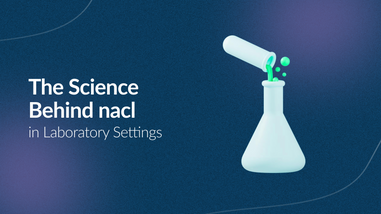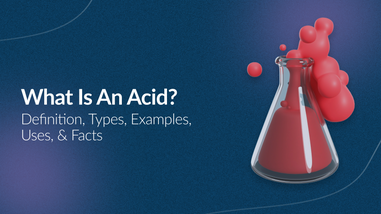- No products in the cart.
pH buffers are special solutions that prevent significant variations in pH level. Every pH level has a certain buffer capacity and range. Capacity refers to the amount of base or acid that can be added before the pH substantially alters. Range refers to the ph range where a buffer can neutralize added bases and acids while maintaining a steady pH. This is crucial when specific and stable pH ranges are needed.
Which pH Buffer Solution Should I Use When Calibrating?
In order to get an accurate pH calibration, you must use the proper liquid buffer solution. There are three common pH buffer solutions each in a different color to easily distinguish the different ones. The three most common include pH4 which is typically red, pH7 which is yellow or green, and pH10 which is blue.

When you’re calibrating a pH controller, you should always calibrate pH7 first and then either ph4 or pH10. Usually, if you are working in an acidic range which is less than pH7, then you should calibrate with pH7 first and then pH4. If you are operating in a basic range that is greater than ph7, then you will calibrate with pH7 first and then pH10.
What Is A pH 4 Buffer Solution?
pH4 is used whenever the pH is expected to be slightly acidic. This buffer value is typically used in water purification plants and in the food industry.
What Is A pH 7 Buffer Solution?
pH7 is a neutral buffer solution and is one of the most widely used of the buffer solutions. The concentration of H+ and OH- are equal.
What Is A pH 10 Buffer Solution?
pH10 is a buffer solution that is commonly used to calibrate equipment used for analyzing basic samples.
A 2 point calibration is generally recommended for process pH sensors. pH4 and pH7 are the two recommended buffer solutions to use since pH7 must be one of those points. pH10 is not recommended because the pH10 buffer solution becomes unstable when it absorbs carbon dioxide from the air.
When carbon dioxide is absorbed in water, it forms an acid known as carbonic acid that lowers the pH of the buffer. To prevent problems from calibrating with a pH10 buffer solution that is inaccurate, is why the pH4 and pH7 are recommended. The result will be a slope value that carries over to high pH reading.
Why Do We Use Buffer Solutions pH4, pH7, and pH10 Before Using The pH Meter?
Buffer solutions pH4, pH7, and pH10 should be used before using the pH meter. These buffer solutions resist the changes in pH if you accidentally add a little acid, base, or water. They also remain stable for longer periods of time.
What Is The Zero Point In pH Calibration?
The zero point is also known as the asymmetry point. This is typically the mV value when the electrode is placed in the pH7 buffer. Therefore, the zero point is 0 mV.
What Is The Shelf Life Of The pH Buffer Solution?
The expiration date on the bottle refers to an unopened bottle. When opening a bottle of pH buffer solution, you should note the date it was opened somewhere on the bottle. After opening a bottle of pH4 or pH7, it should last approximately 3 to 6 months. A pH10 bottle lasts approximately one month.
Where To Buy pH Buffer Solution
Lab Pro offers a large variety of innovative laboratory products. For over 40 years, Lab Pro Inc. has been committed to delivering the highest quality pH Buffer Solution, hand tools, chemicals, lab equipment, distance learning kits, lab supplies, and cleanroom PPE apparel to medical device companies and laboratories worldwide. To learn more, visit the biggest Lab Supply showroom in California, or contact us online or at 888-452-2776.












































